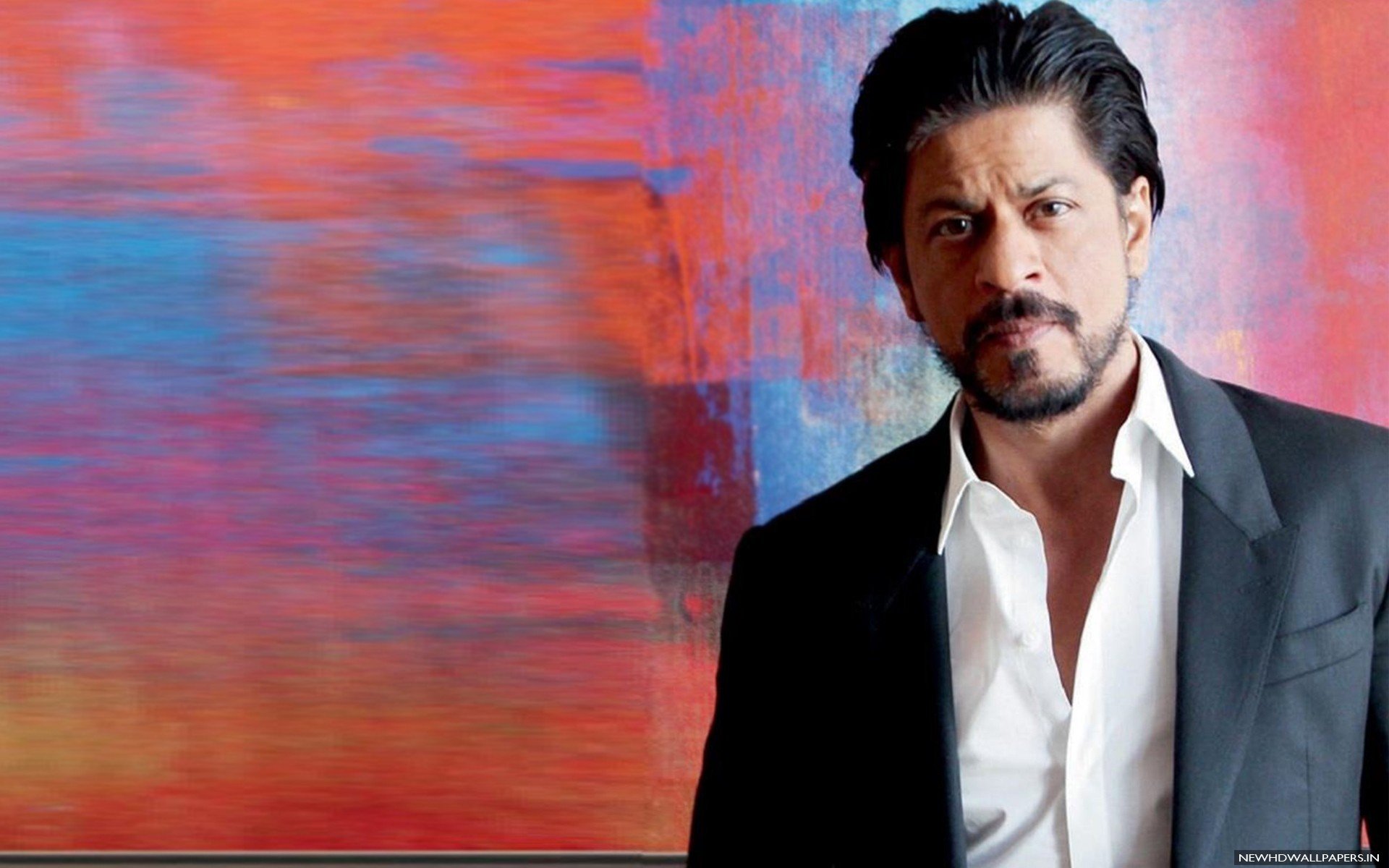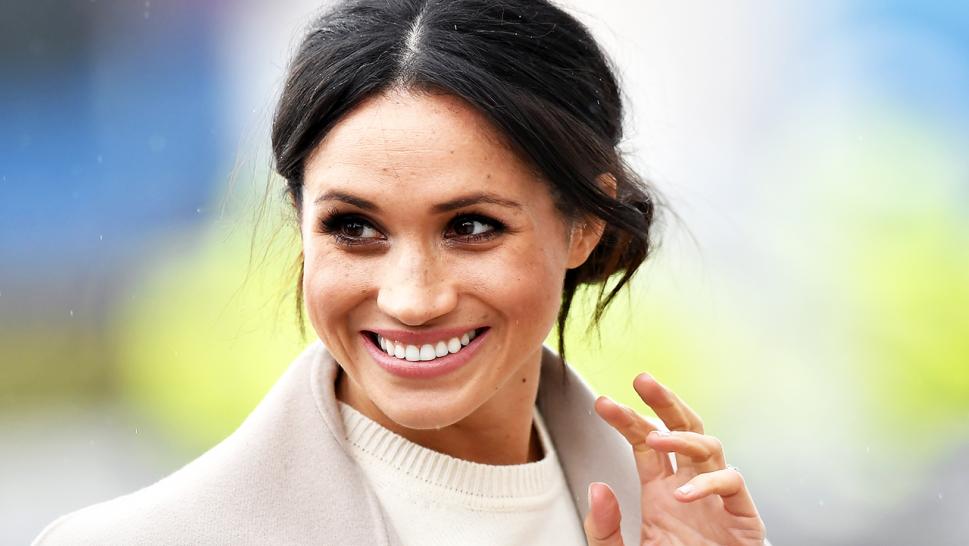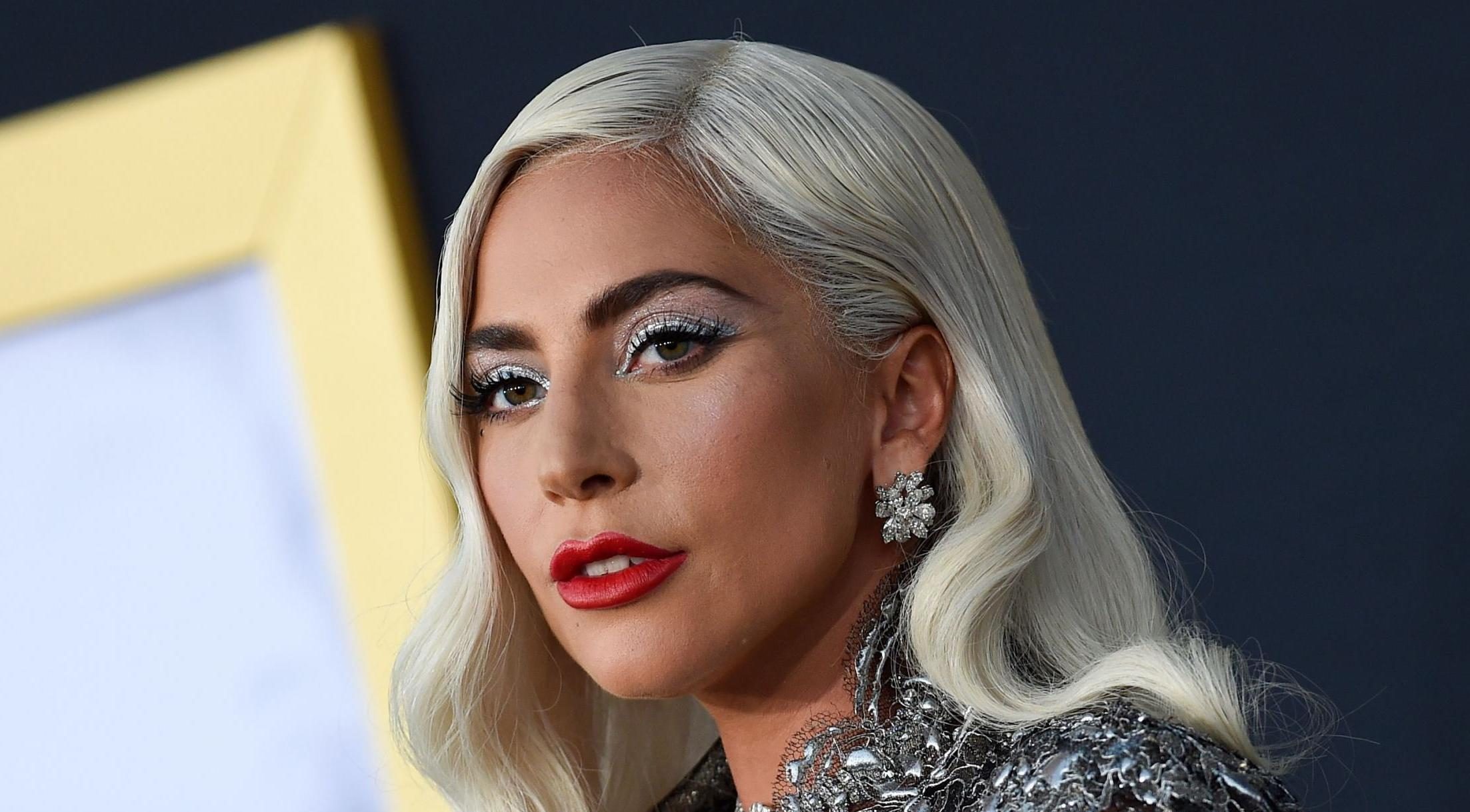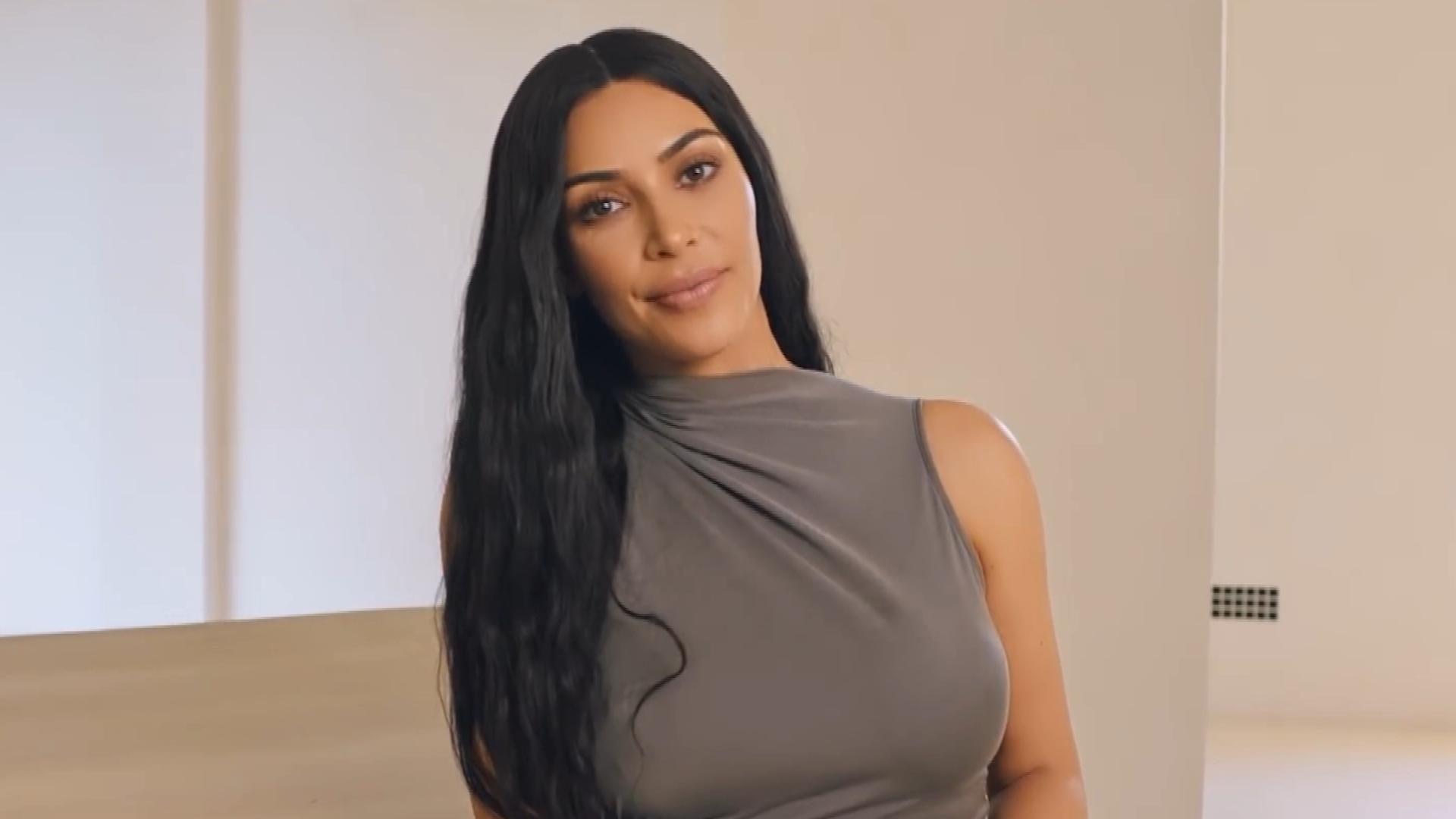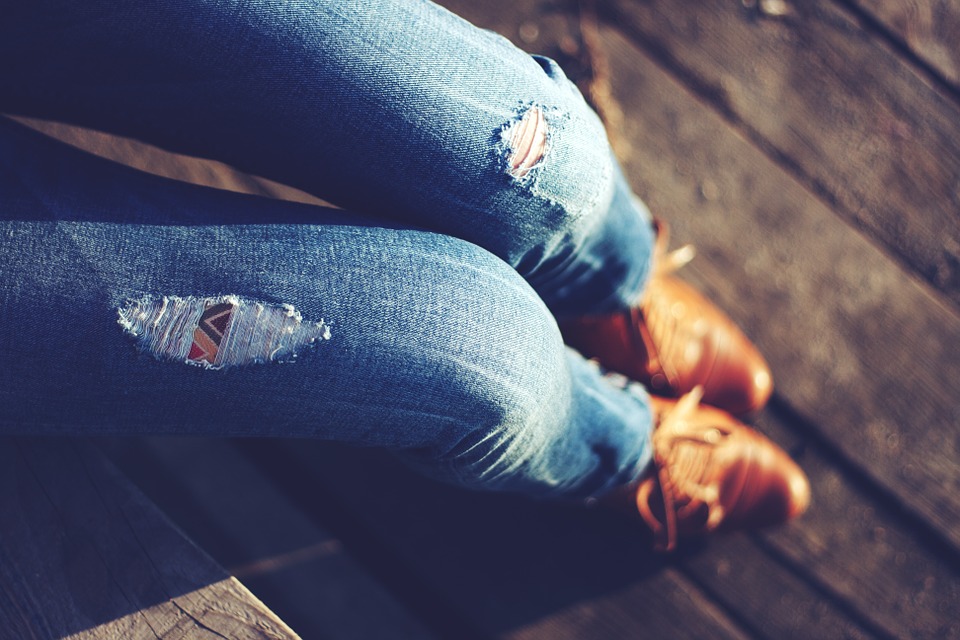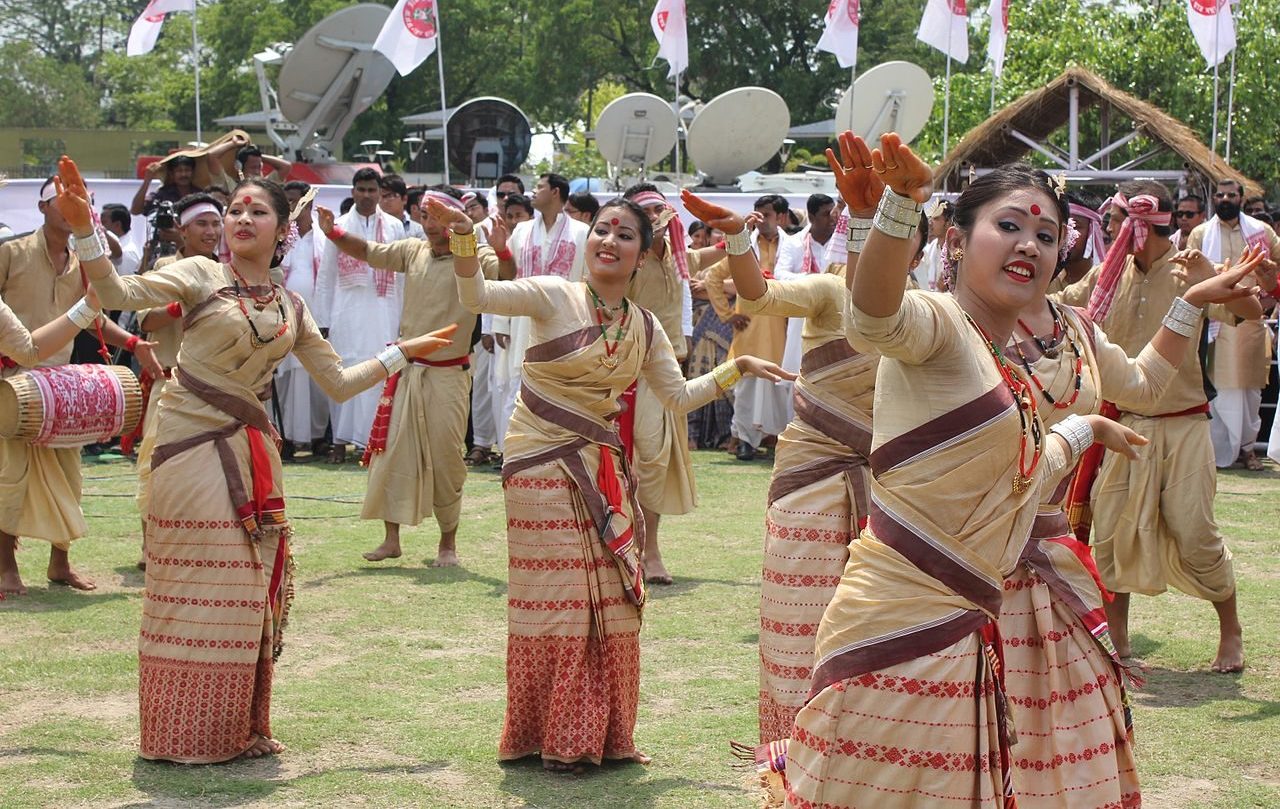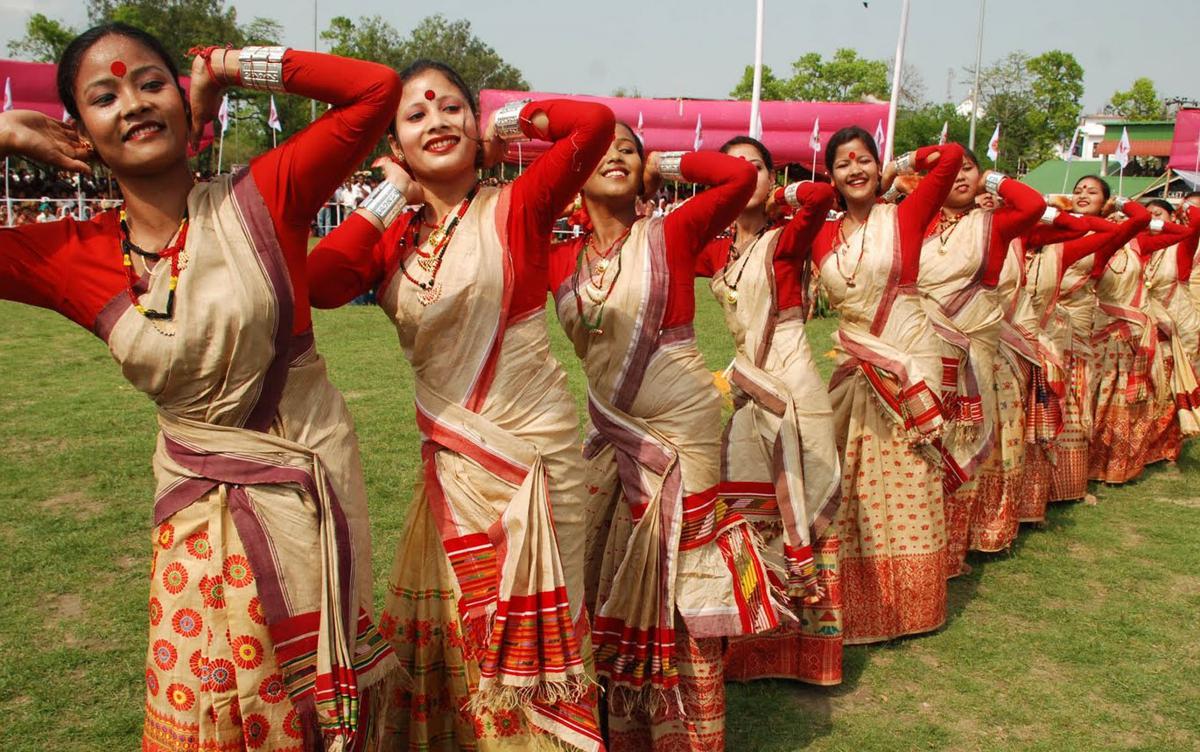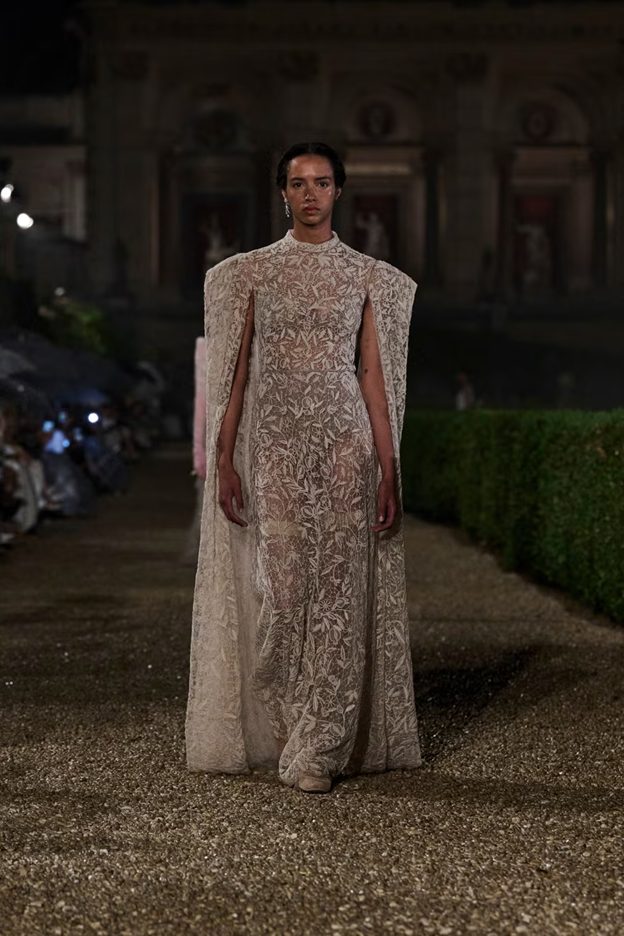Cultural Dress Look Book from Each State of India
India is a country of diversity, rich in heritage and culture. Either it comes to the diverse cuisines or different ensembles, each state or religion has a colorful individual style. Comprehended in a knapsack of unity, let’s endure the peculiar cultural dress of all states.

Andhra Pradesh the Rice Bowl
Southern Indian states do enjoy the monotonous kind of silhouettes with precise variations. Andhra Pradesh is prosperous in weaving and dyeing due to that pure and natural handloom is convenient so, handloom sarees for women and dhoti kurta for men are preeminent. Traditional saree for the juvenile ones is Langa Voni.
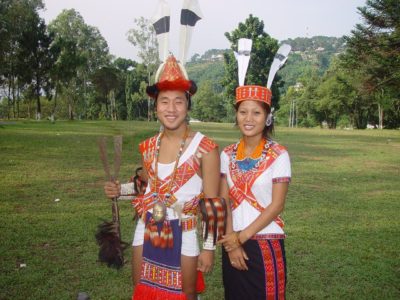
Arunachal Pradesh the Orchid State
Arunachal Pradesh has traditional values for the skull cap also. Sleeveless chemise under the long jacket over a skirt is the vibrant attire for women. Bamboo and silver ornaments are popular. Mushaik is the waistband essential for the women’s dress. A man wears a white lungi with a hint of green, yellow, and red color in it and a sleeveless shirt with a skull cap known as Gurdam.
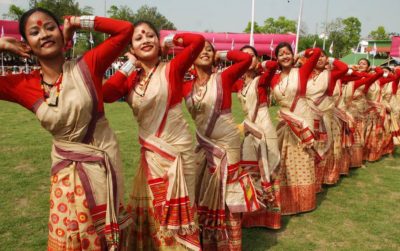
Assam Affluent for Tea
Assam is rich in silk, especially Muga. Women there wear Mekhela Chadar or Riha Mekhela while men have the staple attire dhoti and kurta with silk scarf Ghamcha. Lustrous silk and Eri are the most cherished fabrics. Bihu, folk dance and festival, are honored the most.
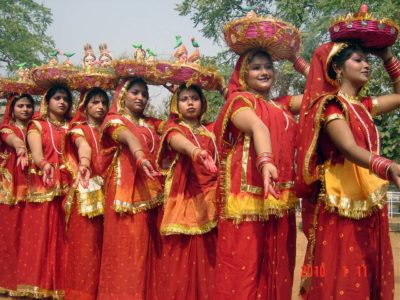
Bihar the Land of Buddha
Tussar silk saree for women and dhoti kurta for men is the traditional attire of Bihar. Western outfits have got the influence there, but the legendary value of tussar silk and traditions is inspiring.
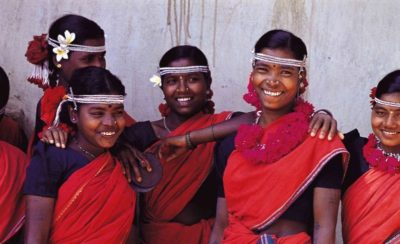
Chhattisgarh
It is the central state of India, that is rich in culture as well as heritage and legacy. Women wear sarees of Kuchhora style from cotton or silk fabric, mostly with the paint of liquid wax, they all adore bright colors. Men are fond of Halbas, Murias, and so on.

Goa “Pearl of the Orient”
Pano Bhaju is the traditional wear for women that is lungi under a blouse. It is the supreme attire to enjoy the sun on the beaches. Men stick to the basics, yet bright color shirts with half pants are the preferable silhouettes on the pictorial strand. Stone studded Nav-Vari saree is the adorable pick for them.
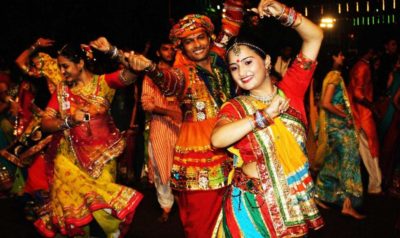
Gujarat Eminent for the Garba Nights
There’s a fling of Gujarati cookery, and that’s true Gujarat is not only rich or known for the various cuisines, but also the tradition, art, festivals, diversity, and many more. Sarees and dhoti kurta are the basics people adhere to, but they are full of mirror work or Bandhej, while with dhoti men even wear bandi. During the festival of Navratri Chania choli, and kediyu dhoti are popular.
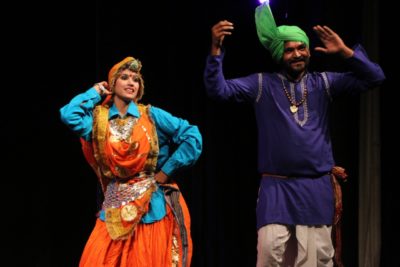
Haryana the Home of Gods
Haryana is the state of colors and festivity, where women love colorful ensembles. The trousseau embraces Kurti, Damaan, Chunar, and Shirt. Well, shirt blouses over the ghagra and Chunar, Damaan, to cover the head is for women. Men wear dhoti, Kurti, and specially juttis are the must.
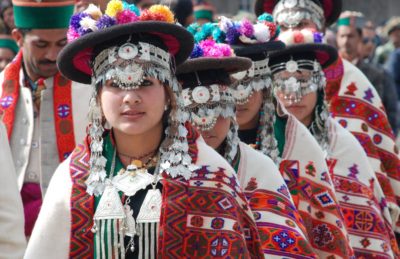
Himachal Pradesh the Devbhumi
Woolen is the best suit for the climate over there. Mostly woolen scarves, shawls, and caps are ubiquitous. Men are enamored of habitual Himachal headgear. Kurtas, shirt blouses, long threadwork jacket are some of the popular attires.
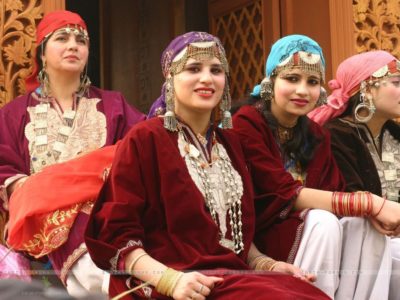
Jammu Kashmir the Paradise on Earth
Pehran is a prominent ensemble for Kashmiri women that has zari work on the hemline of the pockets and the collar area. Pehran is the loose gown for men, and typically man wears it during any season with a scalp cap and churidars. Churidar pajama is the primary attire for Kashmiri pandits.
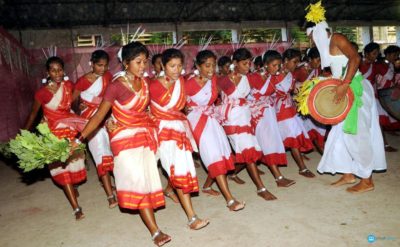
Jharkhand the Vananchal
The typical dress of tribal men of Jharkhand is known as Bhagwan, while the nontribal males opt for Kurta-pajama. Women wear Parthan-Panchi and saree. Tussar silk is effortlessly obtainable here, so the silk sarees are a part of the Jharkhand trousseau.
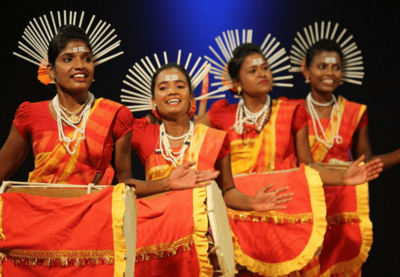
Karnataka the State having Silicon Valley of India
Banglore is the silicon valley of India, which is the capital of Karnataka. Well, Mysore silk is the most celebrated one, so the count on silk sarees is high, Kanchipuram, Kanjeevaram, are also on the list of the silk hub of India. Dhoti or Lungi with Mysore Peta is the elemental trappings for men of Karnataka.
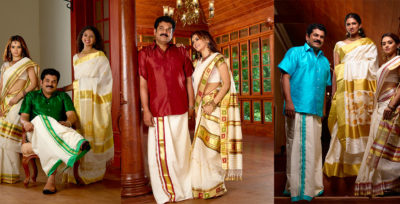
Kerala the Spice Coast
Kalli Mundu or Kaili is the known lungi for Kerala’s men. Kerala sarees are the notable ones for the women that are also preeminent as Mundum Neriyathum that is Mundum draped on the lower part, and Neriyathum is worn above blouse.

Madhya Pradesh the Heart of India
People of M.P. follow the most essences of various cultures. Lehenga choli with odhani or lugra is the typical attire for the women of Madhya Pradesh. Safa or turban is the headgear essential for the men with dhoti and bandi, which is a sort of a tunic.
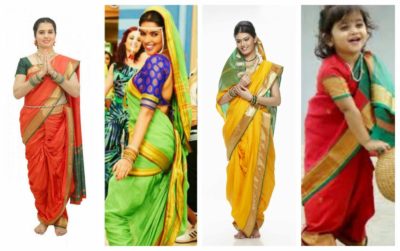
Maharashtra the state of Caves
Whenever it comes to Marathi mulgi, we picturize them in a Nav-vari saree or lugda, and the waistband, it is specifically because of the traditional attire of Maharashtrian women. Males are generally in a dhoti especially known as dhotar along with pheta.
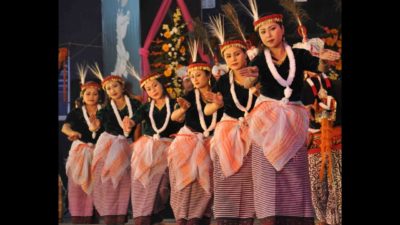
Manipur the Jewel
Manipur has a rich culture and is renowned for the Manipuri Dance. Innaphi and Phanek, are the traditional contours for Manipuri women, while white paghri is the essential headgear for men. Handwoven fabrics are the best pick for Manipuri personalities.
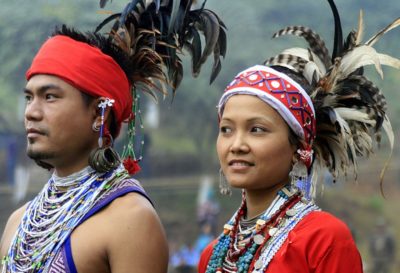
Meghalaya: Scotland of the East
Khasi, Jaintias, and Garos are the main tribes of Meghalaya with a peculiar dress. The traditional Khasi female dress is called the Jainsem or Dhara, and the male dress is a Jymphong, a long coat without collar, fastened by thongs in front. A Garo woman wears a blouse and lungi, which is known as Dakmanda. The women of the Jaintia tribe wear a velvet blouse along with a sarong called Thoh Khyrwang.
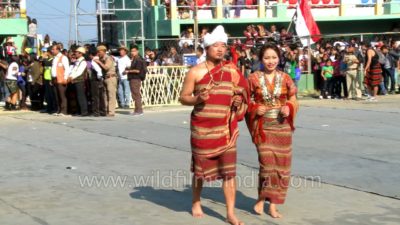
Mizoram the Land of Mizos
Mizo women love to wear Puran, Kawrchei is a hand-woven blouse, of cotton material. Men drape a 7 feet long cloth-piece, red and white band designs are embellished on the sleeves. For women, the traditional dress also includes Puan, which has black and white shades, which is generally paired up with Puanchei.

Nagaland the Venue of Hornbill
Red is dominant over all other hues for the people of Nagaland. Skirt, shawl, and apron are the best selection for women. The traditional dress material of the Angami men is kilt or wrapper, kilt looping down to the knee is a man’s typical waist dress, which is of light blue. Most of the women, unlike men, wear traditional dresses.
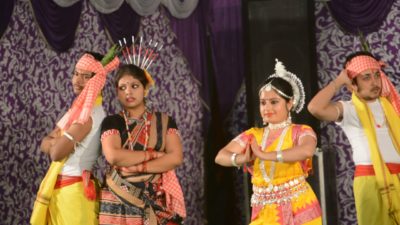
Odisha
In its long history, Odisha has had a continuous tradition of dharmic religions especially Hinduism, Buddhism, and Jainism. Women in Odisha generally wear Kataki Sari and Sambalpuri Sari whereas Men stick to dhoti, kurta, and gamucha.
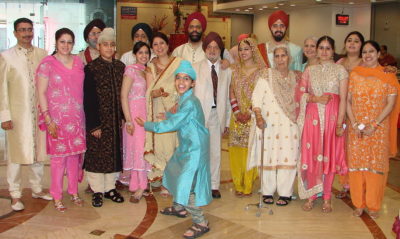
Punjab the state of Rivers
The traditional dress for women is the salwar suit, which displaced the traditional Punjabi ghagra. The Punjabi suit is made up of a kurta or kameez and a straight cut salwar. The Patiala salwar is also very popular in India. The traditional dress for Punjabi men is the kurta and tehmat, which is being replaced by the kurta and pajama.
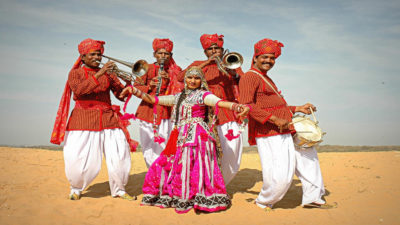
Rajasthan Land of Maharajas
High in culture and hospitality, the tag line of Rajasthan invites tourism, saying Padharo mare Desh. Angarkha and dhoti, are the traditional stick for the men of Rajasthan with paggar or safa, which is a kind of turban. Women stick to ghagra and kanchli (top).
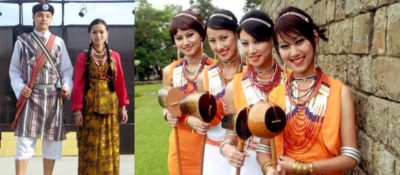
Sikkim the Traveler’s Paradise
The People of Sikkim consist of three ethnic groups, that is, Lepcha, Bhutia, and Nepali. The dress for both men and women is almost comparable. The man wears a Bakhu with a pair of loose trousers and a leather belt while women belt this outfit over a full-sleeved silk blouse, which is also known as honju.

Tamil Nadu
The women in Tamil Nadu wear vibrant culture sarees or full-length short blouses and shawl, the particular style is called Pavada, which also known as a half saree custom. Men generally wear shirts and lungi alike all other southern Indian men.

Telangana
Telangana is rich in cotton production, and its innovative plant dye extraction history stands next to diamond mining. Men generally wear dhoti-kurta, Pancha. Langa Voni, Shalwar kameez, and Churidaar are popular among the Unmarried Women. Some of the famous sarees made in Telangana are Pochampally Saree, Gadwal sari.
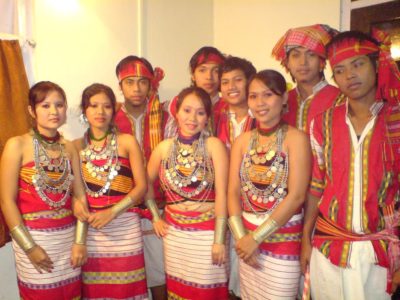
Tripura
The cultural dress for women is Rigwnai, and Risa, Rikutu in Tripuri. Risa covers the chest part and the rikutu covers the whole of the upper half of the body. The males used to wear ‘rikutu’ for the loin, and ‘kamchwlwi borok’ for the upper part of the body.
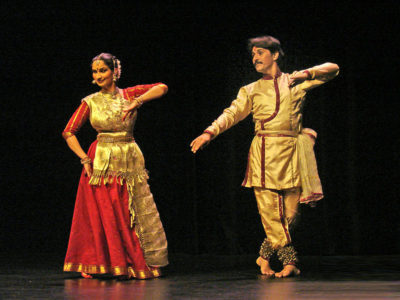
Uttar Pradesh
The cultural dress of Uttar Pradesh is a very typical one where the women are clad in their saris adorned by the golden jewelry and Mangal-Sutra while the men dress in dhoti kurta or kurta pajama. Toe rings are common all over the Uttar Pradesh among the married woman folks.
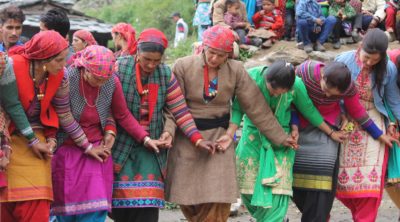
Uttrakhand or Uttranchal
Women wear ghagra, choli, odhni, aagari, bhotu. Men wear dhoti or lungi along with a shirt. Dhoti or Lungi is worn by men as a lower garment, with kurta as the upper garment. Men also like to wear headgear in Garhwal.
POST A COMMENT
You must be logged in to post a comment.

